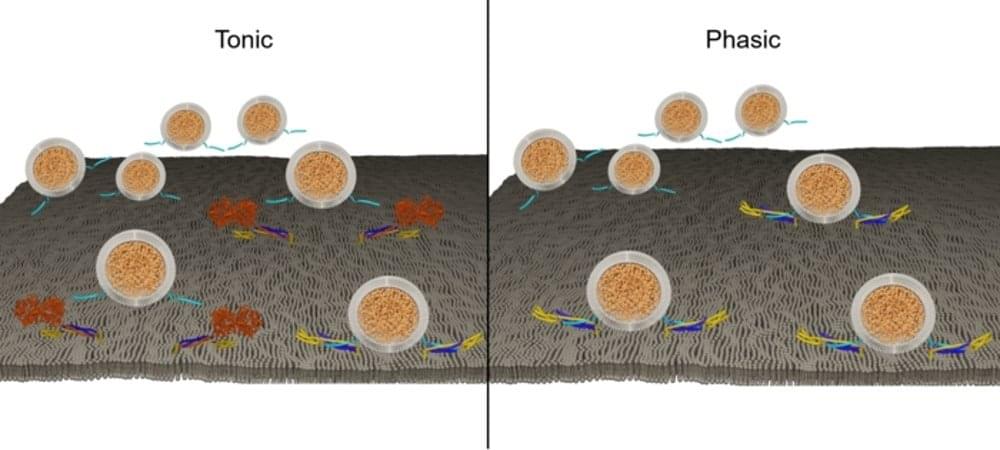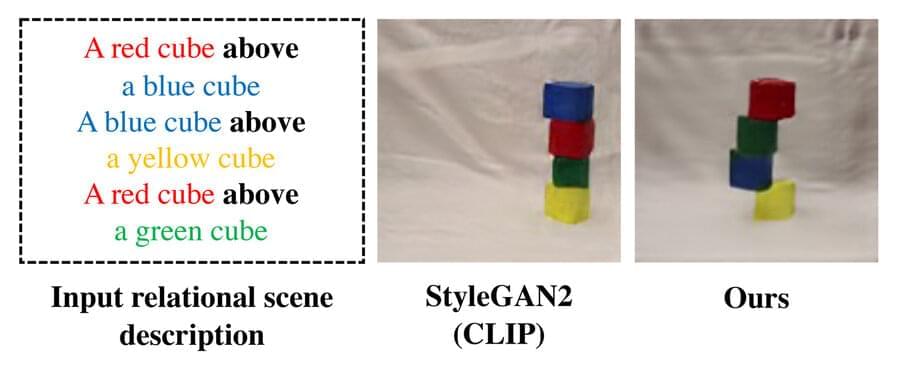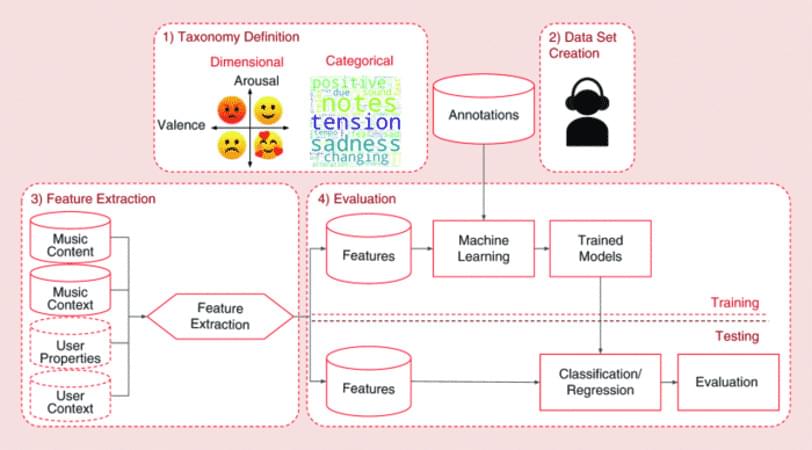Epicurus and epicurean philosophy may not be as popular as stoicism in today’s world, however, different philosophies might work for different people. The insights of epicurean ethics including God, death, pleasure, friends, love, and more can influence the way you might act. Although it may not be as popular today, it has still influenced many others throughout history such as Spinoza.
In this video, I explain the ‘four part cure for life’ as shown from The Epicurus Reader. This includes not fearing God or death and what pleasures one should strive for and avoid. I mainly quote from the letter to menoeceus, but the principal doctrines also provide good sayings.
I hope this video gives you some insight as to how you might act and hopefully you find something useful from it.
Song: FSM Team feat. escp — Lazy Afternoon.
Tags:
epicurus, epicurean, epicureanism, philosophy, philosopher, philosophize, four part cure, stoic, stoicism, how to act, how might you act, how to live, god, death, dying, mortality, pleasure, hedonism, pleasures, desire, passion, pain, body, drawings, drawing, animation, animations, video essay, essay, happy, happiness, joy, love, quotes, letter, menoeceus, ethics, hellenistic, principal doctrines, hedonist.








